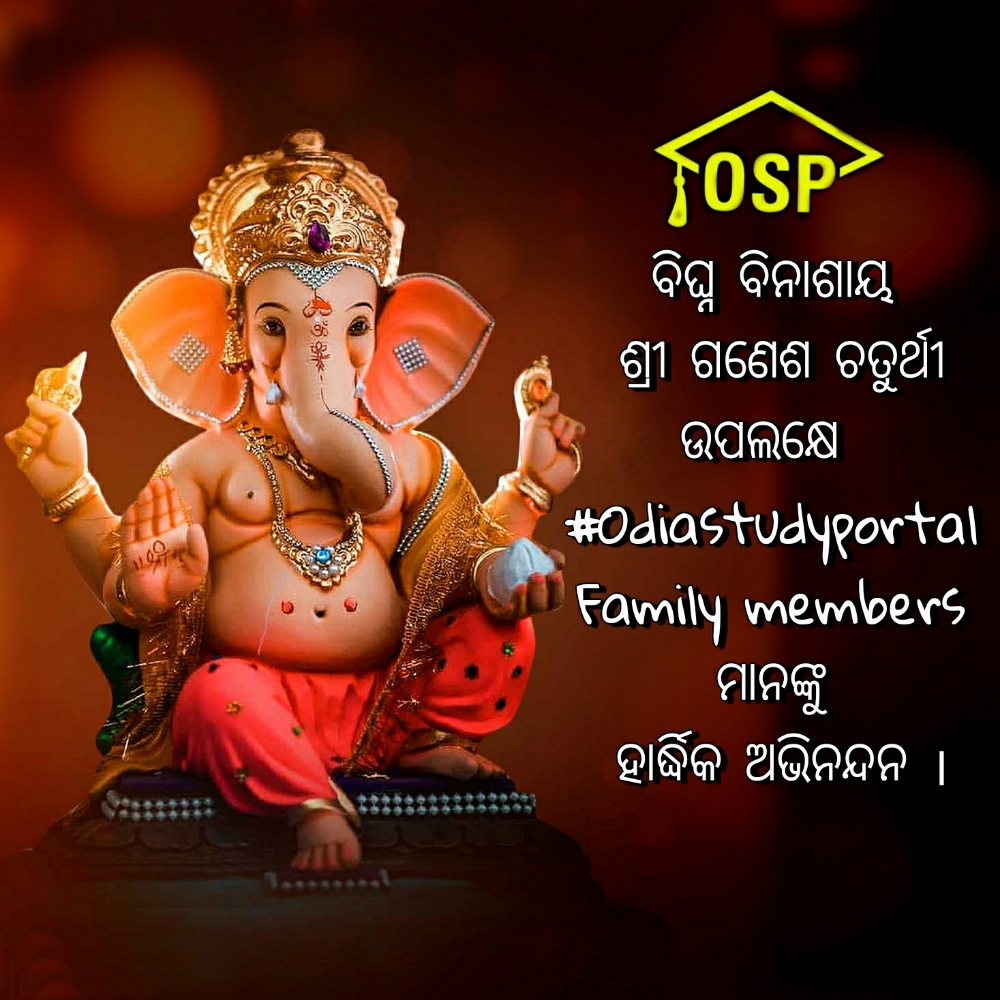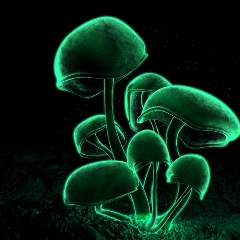Question 1 :
State whether the statement is TRUE or FALSE : Flowers are always bisexual.
Question 2 :
Which of the following is the correct sequence of events of sexual reproduction in a flower?
Question 3 :
In a flower, the parts that produce male and female gametes (germ cells) are
Question 4 :
State whether the statement is TRUE or FALSE : Flowers are the sexual reproductive organs.
Question 5 :
State whether the statement is TRUE or FALSE : Flowers are produced in all groups of plants.
Question 6 :
State whether the statement is TRUE or FALSE : Unisexual flowers possess both stamen and pistil.
Question 7 :
State whether the statement is TRUE or FALSE : After fertilisation Flowers give rise to fruits.
Question 8 :
State whether the statement is TRUE or FALSE : Unisexual flowers possess either stamen or pistil.
Question 9 :
State whether the statement is TRUE or FALSE : Unisexual flowers possessing only stamens cannot produce fruits.
Question 10 :
State whether the statement is TRUE or FALSE : Unisexual flowers exhibit cross pollination.
Question 11 :
State whether the statement is TRUE or FALSE : Sexual reproduction in flowering plants requires two types of gametes.
Question 12 :
State whether the statement is TRUE or FALSE : Sexual reproduction in flowering plant, fertilisation is a compulsory event.
Question 13 :
State whether the statement is TRUE or FALSE : Sexual reproduction in flowering plant always results in formation of zygote.
Question 14 :
State whether the statement is TRUE or FALSE : Sexual reproduction in flowering plant,Offspring formed are clones.
Question 15 :
Offspring formed as a result of sexual reproduction exhibit more variations because
Question 17 :
<img style='object-fit:contain' src='https://teachmint.storage.googleapis.com/question_assets/cbse_ncert/61cc184f78c526e972caea1a.PNG' />
In the above figure, what is C?
Question 18 :
<img style='object-fit:contain' src='https://teachmint.storage.googleapis.com/question_assets/cbse_ncert/61cc184f78c526e972caea1a.PNG' />
In the above figure, what is B?
Question 19 :
During adolescence, several changes occur in the human body. Mark one change associated with sexual maturation in boys
Question 20 :
In human males, the testes lie in the scrotum, because it helps in the
Question 21 :
In human females, an event that reflects onset of reproductive phase is
Question 22 :
Can you consider cell division as a type of reproduction in unicellular organism?
Question 23 :
Why does bread mould grow profusely on a moist slice of bread rather than on a dry slice of bread?
Question 24 :
Gather information about the chromosome numbers of five animals and five plants. Correlate the number with the size of organism and answer the following questions: Do larger organisms have more number of chromosomes/cells?
Question 25 :
In tobacco plant, the male gametes have twenty four chromosomes. What is the number of chromosomes in the female gamete?
Question 26 :
In tobacco plant, the male gametes have twenty four chromosome.What is the number of chromosomes in the zygote?
Question 27 :
Why cannot fertilisation take place in flowers if pollination does not occur?
Question 29 :
State whether the statement is TRUE or FALSE : Reproduction is linked to stability of population of a species.
Question 30 :
Is the chromosome number of zygote, embryonal cells and adult of a particular organism always constant?
Question 31 :
State whether the statement is TRUE or FALSE : Colonies of yeast fail to multiply in water, but multiply in sugar solution.



















































